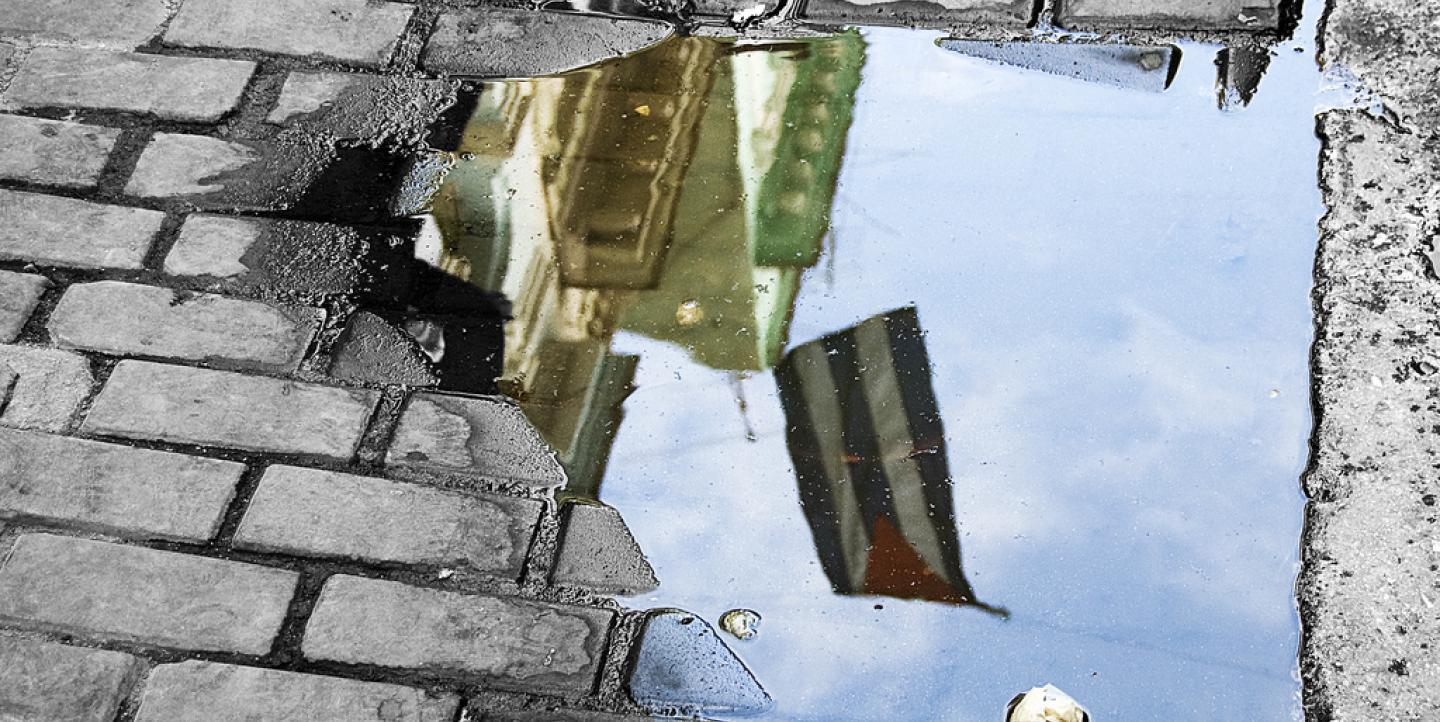The days when American reporters were denied visas to Cuba, forcing them to get to the island through different Caribbean countries to later find themselves on blacklists once their articles were published, are gone.
The normalization of U.S.-Cuba bilateral relations has meant not just the reopening of embassies in Havana and Washington, but a renovated way of repairing ties between these former Cold War foes.
However, the challenges for journalists are far from over. Four seasoned reporters recently discussed these changes during the panel “Covering Cuba: the pitfalls, challenges, risks and rewards for journalists,” hosted by the National Association of Hispanic Journalists (NAHJ) at last week’s Hispanicize event in Miami.
“For anyone who follows Cuba, their world changed on Dec. 17, 2014,” said Mimi Whitefield, Cuba correspondent for The Miami Herald.
“Pretty much since then, I have been covering Cuba full-time, and media from all over the world continue applying for journalists’ credentials,” she added. “I was almost stalking people at the embassies, trying to explain that nobody cares more about Cuba than our audience in Miami. They need accurate information,” she explained. Miami has the largest concentration of Cuban immigrants in the U.S., who are entitled to a green card after a year of being on American soil thanks to the Cuban Adjustment Act.
Whitefield has traveled to the island for more than two decades, using routes like Jamaica and being followed many times even when landing in provinces far from Havana, like Santiago. “In 1994, [the Cuban government] found I was there. I was sort of officially expelled, except there were no flights for five days,” she recalled. “I continued reporting until I could leave the island."
Reporting on dissidents
The experience of Alan Gomez, a Cuban-American reporter for USA Today, has been similarly unpleasant. Since 2003, he visited the island limited times, because “if they didn’t like what you wrote, they blocked you out for a while.”
In contrast, since December 2014, he has been to Cuba seven times, witnessing how Cubans learned to deal with foreign reporters and finding out that travel and freelance budgets have opened up within newsrooms for expanded coverage.
“The human rights situation there hasn’t changed too much, but at least we can write about dissidents without getting banned,” Gomez said. Indeed, he was surprised that during the meeting between Presidents Barack Obama and Raul Castro, he could freely write a piece about the arrest of dozens of protesters, members of the group “Ladies in White,” who usually ended up in jail after their weekly demonstrations. “The next morning, I was in the Center for Foreign Journalists waiting to be tapped on the shoulder as in the past, but nothing happened. I think they are not as terrified as before about foreigners writing the stories they want.”
Hatzel Vela, a reporter for Miami's WPLG-TV, has “been able to travel the entire island and show Cuban realities in all 15 provinces” at least 10 times since normalization began. Prior to that, his fellow reporters at the station were only granted visas to cover the visits of former Popes Benedict XVI and John Paul II. During these times, Cuban officers typically arranged itineraries and interviews with specific sources to show how the Castros' rule keeps Cubans happy.
So much unknown
Although the experience for reporters has improved significantly, covering these historic changes brings new questions to the table.
“There is so much uncertainty and so much unknown to this story, that [reporters] don't know [how] things are going to unfold in a year, or in the next five or 10 years,” Vela said.
The rhythm on the island located just 90 miles from Florida is different from what many Americans are used to.
“Getting the U.S. and Cuba to understand each other is going to take a lot of patience, because almost six decades of a non-relationship won’t change in a couple of years,” said Juan Carlos Lopez, anchor and senior correspondent for CNN en Español.
Issues like new regulations that allow American businesses to operate on the island, possibilities of selling American goods directly to private Cuban entrepreneurs and bilateral agreements in industries like telecommunications or tourism are mostly in a transitional mode and will require a test period for Cuba.
“Cubans know really well the more deals they strike before January of next year when a new president comes, the harder it is going to be for that president to change things,” Lopez said. “To tell the story accurately, we need to understand the political hard-liners inside both governments and how Cubans are living this transition."
If you want to report in Cuba, visas are currently issued by the Cuban Embassy in Washington with a US$70 application fee. Once in Havana, journalists must register at the Center for Foreign Journalists to be allowed to interview government officials or businessmen.
Main image CC-licensed by Flickr via jordi.martorell. Secondary image taken by Jenny Manrique. Pictured [left to right]: Juan Carlos Lopez, Alan Gomez, Hatzel Vela and Mimi Whitefield.


_0.JPG)